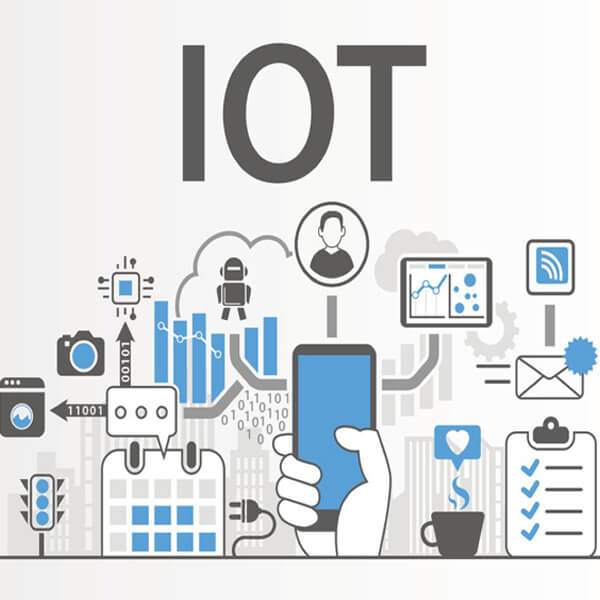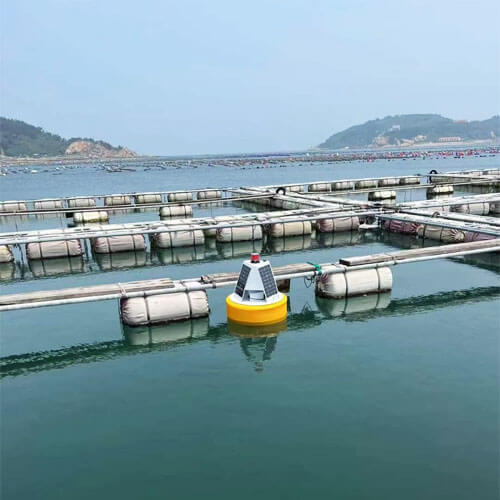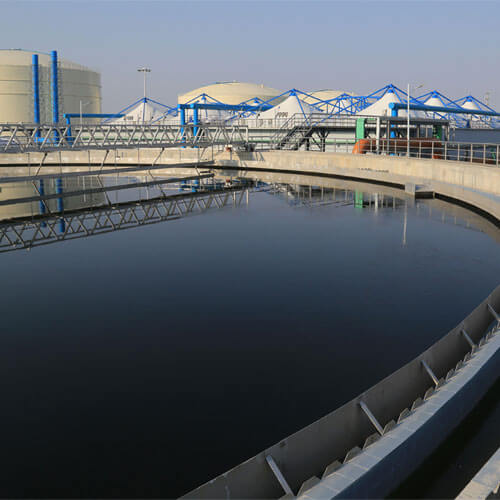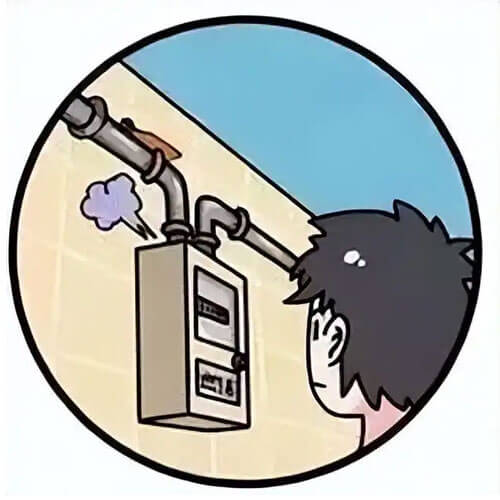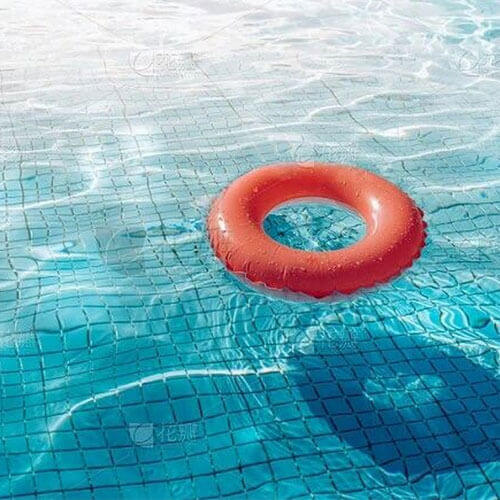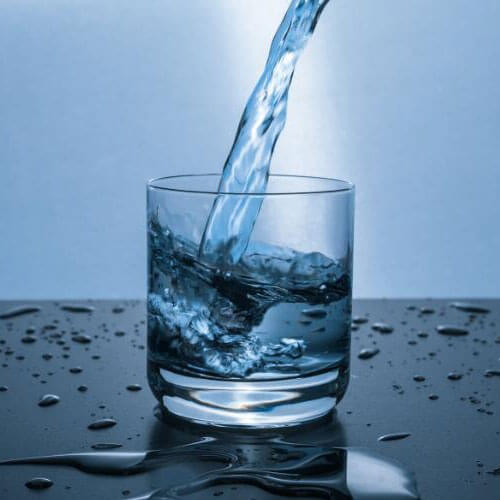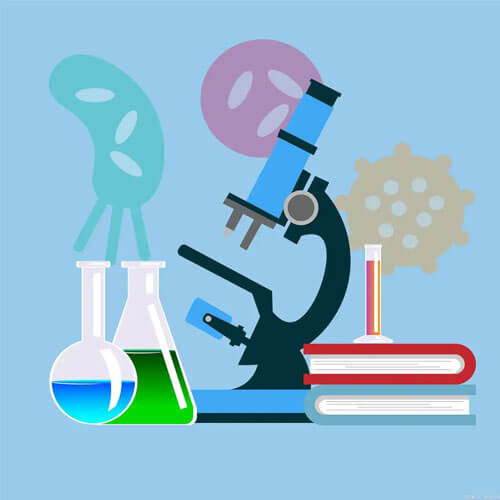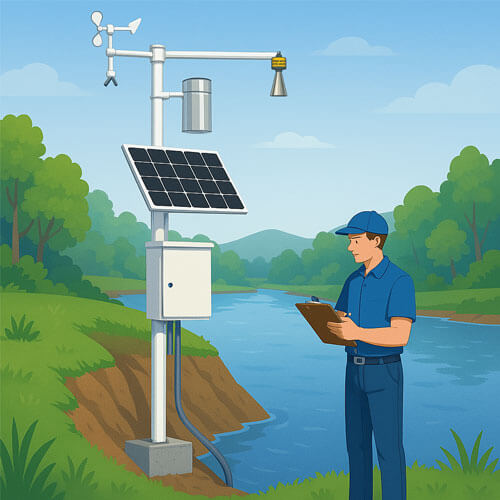What is IoT?
IoT is the “Internet of things“. It is an extended and expanded network based on the Internet. It combines various information sensing devices with the network to form a huge network, which can be realized at any time, Anyplace, the interconnection of people, machines, and things.
The basic characteristics of the IoT from the perspective of communication objects and processes, the information interaction between things and people and things is the core of the IoT. The basic characteristics of the Internet of Things can be summarized as overall perception, reliable transmission, and intelligent processing.
What are the Roles of IoT sensors?
In the IoT system, two parts are very important: communication networks and connected devices. These devices mainly refer to sensors and actuators. As shown in the figure below, the bottom layer of the Internet of Things system is composed of sensor connections and networks to collect information. This is an important part of the Internet of Things system, which has the function of connecting the next layer of gateway and network layer.
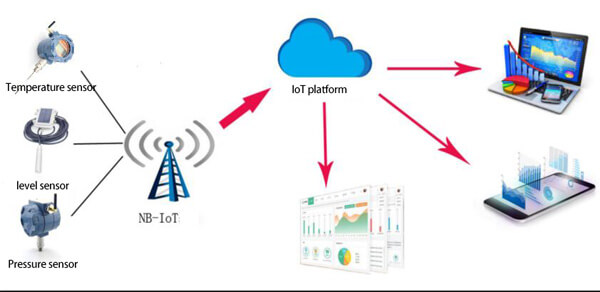
The main task of the sensor is to collect data from the surrounding environment. The sensor is part of the front end of the IoT system. They are directly or indirectly connected to the Internet of Things network after signal conversion and processing. But all sensors are different, and different IoT applications require different types of sensors.
Top 16 IoT Sensor Types and Applications:
Temperature sensors
Temperature sensors measure the heat in the heat source. They can detect temperature changes and convert these changes into data. Machinery used in manufacturing usually requires ambient temperature and equipment temperature to be at a certain level. Similarly, in agriculture, the soil temperature is a key factor in crop growth.
The temperature sensor can be roughly divided into contact type and non-contact type from the perspective of use. The former is that the temperature sensor is in direct contact with the measured object, and the temperature change of the measured object is sensed by the temperature-sensitive element. In the latter, the temperature sensor keeps a certain distance from the object to be measured, detects the intensity of infrared rays emitted from the object to be measured, and calculates the temperature.
Temperature sensors are mainly used in areas closely related to temperatures, such as intelligent heat preservation and ambient temperature detection.
Humidity sensors
The humidity sensor can measure the water vapor content in the air or other gases. Humidity sensors are commonly found in heating, ventilation, and air conditioning (HVAC) systems in industrial and residential sectors. They can be found in many other areas, including hospitals and weather stations, to report and predict the weather.
Pressure sensors
The pressure sensor is a device that can sense the pressure signal and convert the pressure signal into a usable electrical signal according to a certain rule.
The pressure sensor is usually composed of a pressure-sensitive element and a signal processing unit. According to different test pressure types, pressure sensors can be divided into gauge pressure sensors, differential pressure sensors, and absolute pressure sensors.
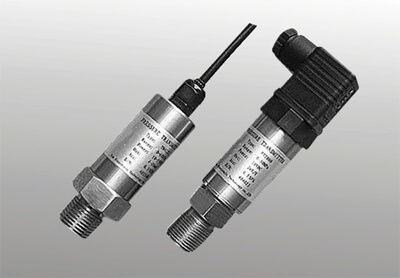
The pressure sensor senses changes in gas and liquid. When pressure changes, the sensor detects these changes and communicates them to the connected system. Common use cases include leak testing, which may be the result of attenuation. Pressure sensors are also useful in the manufacture of water systems because it is easy to detect fluctuations or drops in pressure.
Proximity sensors
The proximity sensor is a device that can sense the proximity of an object. It is a general term for sensors to detect without touching the detection object. The movement information and existence information of the detected object are converted into electrical signals.
Proximity sensors are used for non-contact detection of objects near the sensor. These types of sensors usually emit electromagnetic fields or radiation beams, such as infrared rays. There are some interesting use cases for proximity sensors. In retail, proximity sensors can detect the movement between the customer and the product he or she is interested in. The user can be notified of any discounts or special prices for products near the sensor. Proximity sensors are also used in parking lots in shopping malls, stadiums, and airports to indicate parking spaces. They can also be used on assembly lines in chemical, food, and many other types of industries.
Level sensors
A sensor used to determine the level or quantity of liquid, liquid, or other substances flowing in an open or closed system is called a liquid level sensor.
Liquid level sensors are used to detect the liquid level of substances including liquids, powders, and granular materials. Liquid level sensors are used in many industries such as petroleum manufacturing, water treatment, and beverage and food manufacturing plants. A waste management system provides a common use case because the level sensor can detect the level of waste in a trash can or bin.
Water quality sensors are mainly used for water quality detection and ion monitoring in water distribution systems.
Water is used everywhere in production and life. These sensors play an important role in monitoring water quality for different purposes. They are used in various industries.
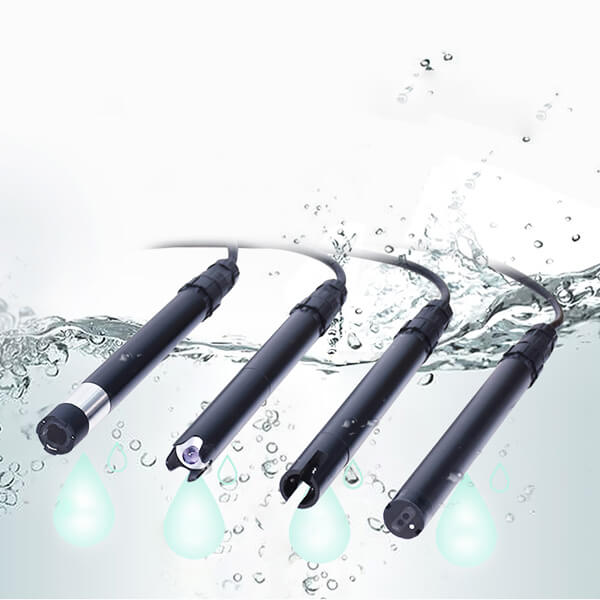
Common water quality sensors have the following types:
Chlorine Residual Sensor
Dissolved oxygen sensor
Conductivity Sensor
pH Sensor
Oxygen-Reduction Potential Sensor
Turbidity Sensor
Gyroscope sensors
Gyroscope sensors measure angular velocity, which is usually defined as a measure of speed and rotation around an axis. Use cases include automobiles, such as car navigation and electronic stability control (anti-skid) systems. Other use cases include motion-sensing and camera shake detection systems for video games.
Gas sensors
These types of sensors monitor and detect changes in air quality, including the presence of toxic, combustible, or harmful gases. Industries that use gas sensors include mining, oil and gas, chemical research, and manufacturing. A common consumer use case is the familiar carbon dioxide detector used in many households.
Following are some common Gas sensors:
IR sensors
These types of sensors sense the characteristics of their surrounding environment by emitting or detecting infrared radiation. They can also measure the heat emitted by objects. Infrared sensors are used in various IoT projects including healthcare because they simplify the monitoring of blood flow and blood pressure. The TV uses infrared sensors to interpret the signals sent by the remote control. Another interesting application is that art historians use infrared sensors to view hidden layers in paintings to help determine whether the artwork is original or counterfeit, or whether it has been altered through the restoration process.
Optical sensors
The optical sensor converts light into electrical signals. There are many applications and use cases for optical sensors. In the automotive industry, vehicles use optical sensors to recognize signs, obstacles, and other things that drivers will notice when driving or parking. Optical sensors play an important role in the development of driverless cars. Optical sensors are very common in smartphones. For example, the ambient light sensor can extend battery life. Optical sensors are also used in the biomedical field, including breath analysis and heart rate monitors.
Smoke sensor
The smoke sensor is used to detect whether there is smoke and the concentration of smoke in the environment, such as detecting dense smoke during a fire. When the smoke probe encounters smoke or certain specific gases, the internal resistance of the smoke probe changes, and an analog value is generated to control it. The smoke sensor uses the principle that the resistance change of the smoke-sensitive element is affected by the concentration of smoke (mainly combustible particles) to send the corresponding analog signal of the smoke concentration to the host.
The smoke sensor is another name for the smoke alarm. Because it can detect the smoke generated during a fire and is easy to install, it is widely used in shopping malls, hotels, shops, warehouses, computer rooms, residences, and other places for fire safety detection.
Image sensors
The image sensor uses the photoelectric conversion function of the photoelectric device to convert the light image on the photosensitive surface into an electrical signal that is proportional to the light image.
The photosensitive device is the most core component of the industrial camera, and the image sensor has two types: CMOS and CCD. The unique process of CCD has the advantages of good low-illuminance effect, high signal-to-noise ratio, strong transparency, and good color reproduction ability, and is widely used in high-end fields such as transportation and medical treatment. Due to its imaging advantages, it will continue to be used for a long time, but at the same time, its high cost and high power consumption also restrict its market development space.
CCD and CMOS have their advantages in different application scenarios, but with the continuous improvement of CMOS technology and technology, and the continuous decline of high-end CMOS prices, it is believed that CMOS will occupy an increasingly important role in the future development of high-definition cameras in the security industry.
The main uses of image sensors are in digital cameras and modules, medical imaging and night vision equipment, thermal imaging equipment, radar, sonar, media rooms, biometrics, and IRIS equipment.
Chemical sensors
Chemical sensors are instruments that are sensitive to various chemical substances and convert their concentrations into electrical signals for detection. Analogous to human sensory organs, chemical sensors roughly correspond to human smell and taste organs. But it is not simply a simulation of human organs, but it can also sense certain substances that human organs cannot feel, such as H2 and CO.
They are widely used in industrial environment monitoring and process control, detection of intentionally or unintentionally released hazardous chemicals, explosion, and radioactivity detection, space stations, recycling processes in the pharmaceutical industry and laboratories, etc.
Sound sensors
The sound sensor is a sensor that can detect, measure, and display sound waveforms. The sensor has a built-in condenser electret microphone that is sensitive to sound. The sound wave vibrates the electret film in the microphone, which causes the change of the capacitance, and generates a small voltage corresponding to the change. This voltage is then converted into a voltage of 0-5V, accepted by the data collector through A/D conversion, and transmitted to the computer.
It is widely used in traffic arterial road noise monitoring, industrial enterprise boundary noise detection, construction site boundary noise detection, urban area environmental noise detection, and social living environment noise detection, monitoring, and evaluation.
Accelerometer sensors
The accelerometer sensor is a device that can measure acceleration. It is usually composed of masses, dampers, elastic components, sensitive components, and adaptive circuits. Acceleration sensors can help the robot understand its environment. Are you climbing a mountain? Still going downhill, did you fall? Or for flying robots, it is also crucial to control the attitude.
Common acceleration sensors include capacitive, inductive, strain, piezoresistive, piezoelectric, etc. They are widely used in cellular and media equipment, vibration measurement, automobile control and detection, free-fall detection, aircraft and aviation industry, motion detection, athlete behavior monitoring, consumer electronics, industrial and construction sites, etc.
Light sensors
The light sensor usually refers to a device that can sensitively sense the light energy from ultraviolet light to infrared light and convert the light energy into electrical signals.
The light sensor is a kind of sensing device, which is mainly composed of photosensitive elements. It is mainly divided into four types: ambient light sensor, infrared light sensor, sunlight sensor, and ultraviolet light sensor. It is mainly used in the fields of changing the body electronic application and intelligent lighting system. Modern electrical measurement technology is becoming more and more mature. It has been widely used in the measurement of electrical and non-electrical quantities due to its high accuracy and easy connection of microcomputers to realize automatic real-time processing.
Conclusion
With the continuous development of the Internet of Things, there are more and more types of IoT sensors. As the monitoring unit of the IoT system, IoT sensors can collect various elements such as temperature, humidity, pressure, movement, sound, etc. to realize data on the occurrence of things. When you choose an IoT sensor, you need to consider your device, its purpose, and how your customers will use it.

